Diaphragm valves are quite the popular member of the valve family, especially within industrial manufacturing processes. Known for their superior performance as process flow regulation devices, these valves have one key and very simple component that differentiates them from other kinds of check valves and control valves: a flexible membrane from which they get their name. Similar to the human diaphragm, the partition of muscle and connective tissue that separates the chest and abdominal cavities and helps the lungs fill up with air then let it out, the stretchable valve diaphragm is made of elastomers, such as polypropylene and polyethylene, to effectively seal a process flow line either partially or completely as needed in order to regulate the transport of a given process stream. As the human diaphragm contracts and expands, air is inhaled and exhaled. As the valve diaphragm is lifted open or pushed closed, the process stream is allowed to pass or is blocked. The actuation of this ductile barrier makes these process valves capable of precision regulation for liquids, gases and semi-solid slurries.
The diaphragm can be actuated manually or automatically, utilizing electric, hydraulic or pneumatic engagement methods. Pneumatic diaphragm valves are among the most commonly used automated diaphragm valves, as they only require the use of compressed air to expand and contract the diaphragm materials. Taking a look at the actual construction and operation of a diaphragm valve, it is easy to see why the rubbery durability and resilience of these materials is so integral. The cylindrical or spherical valve body, which houses the diaphragm and actuation device, is placed within a tank, tubing or piping system. Located at the bottom of the cylinder, the diaphragm is thick in the middle and thinner at the edges to allow for easy stretching. When the valve is open, the diaphragm is lifted up allowing fluids or gases to pass. When the valve is closed, the actuator engages a rod or piston known as the stem. This stem applies pressure to the diaphragm, pushing it towards the opposite wall of the piping. Each valve has two or more ports. Materials flow in through one port and out the other when the valve is not engaged. When an actuator is used to stretch the membrane of the valve, however, flow is limited or completely inhibited. The adaptability of the elastomeric material means it can be pulled and pressed over and over again without fail and can conform to the valve opening for a leak-proof seal.
Besides the ease and reliability of these valves making them common in such variable industries as biopharmaceutical, agriculture, irrigation, plumbing, medical, water treatment, chemical and food processing, pulp and paper, mining and energy production, their elimination of product contamination makes them great as biotech valves, hygienic valves or sanitary diaphragm valves, and zero static valves play a significant role in eliminating opportunities for flow stagnation and bacterial growth. Medical, chemical and food processing industries in particular reap the benefits of stainless steel and plastic diaphragm valves, as these are easily sterilized. The actuation device also plays a role in clean valve operation, as in the air-powered pneumatic valves. No matter the application, the valve materials must be compatible with the process stream composition, temperature, pressure, velocity and rate of occurrence. Common body materials include brass, stainless steel, cast iron, steel and PVC. To increase longevity and reduce friction, the body is sometimes lined with rubber or fluorine plastics, and the diaphragm can come reinforced with mesh fibers for contact with highly abrasive materials. Common process stream compositions include adhesives, silicones, water, chemicals, cleaners, sanitizers, coatings, paint, fuel, coolants and colorants.
The versatility of diaphragm valves is evident along with their simplicity. The two main types, seat valves and weir valves, offer regulation of linear as well as non-linear flow. The seat valve provides a 90 degree bend that works to change directionality of the process stream, as in tank or cistern bottoms that require the angled flow. The weir valve, or saddle valve, employs the linear approach with the inlet and outlet ports being in-line with each other. Having broad possibilities for use and installation, the diaphragm valve maintains its position as a reliable, leak-proof addition to plumbing and material transport operations, plus valve cleaning and maintenance is simple and generally inexpensive.
 Ball Valves
Ball Valves Butterfly Valves
Butterfly Valves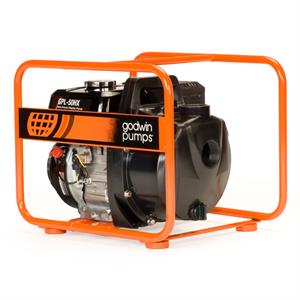 Centrifugal Pumps
Centrifugal Pumps Check Valves
Check Valves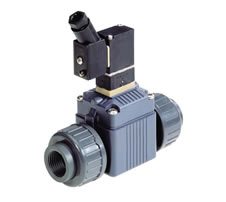 Diaphragm Valves
Diaphragm Valves Flow Meters
Flow Meters Hydraulic Pumps
Hydraulic Pumps Hydraulic Valves
Hydraulic Valves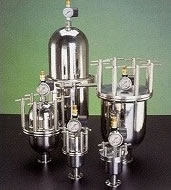 Metering Pumps
Metering Pumps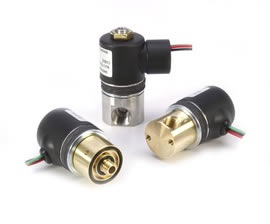 Solenoid Valves
Solenoid Valves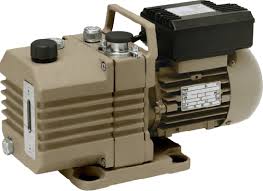 Vacuum Pumps
Vacuum Pumps Castings & Forgings
Castings & Forgings Bulk Material Handling
Bulk Material Handling Electrical & Electronic Components
Electrical & Electronic Components Flow Instrumentation
Flow Instrumentation Hardware
Hardware Material Handling Equipment
Material Handling Equipment Metal Cutting Services
Metal Cutting Services Metal Forming Services
Metal Forming Services Metal Suppliers
Metal Suppliers Motion Control Products
Motion Control Products Plant & Facility Equipment
Plant & Facility Equipment Plant & Facility Supplies
Plant & Facility Supplies Plastic Molding Processes
Plastic Molding Processes Pumps & Valves
Pumps & Valves Recycling Equipment
Recycling Equipment Rubber Products & Services
Rubber Products & Services